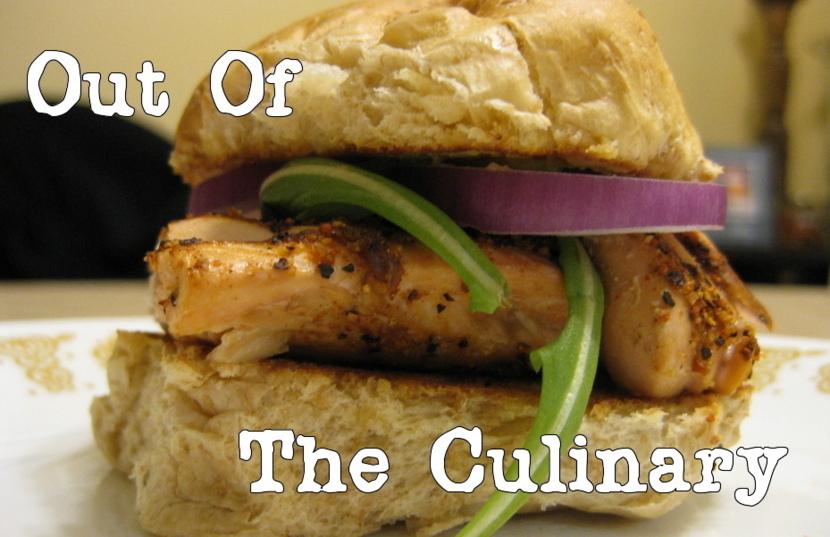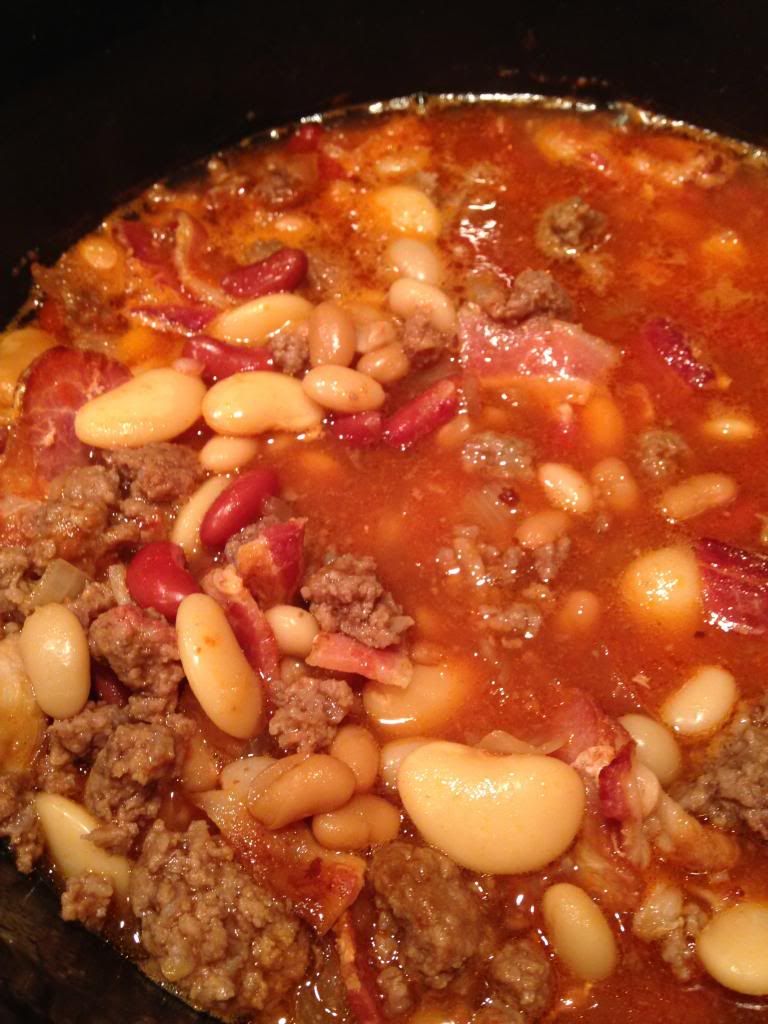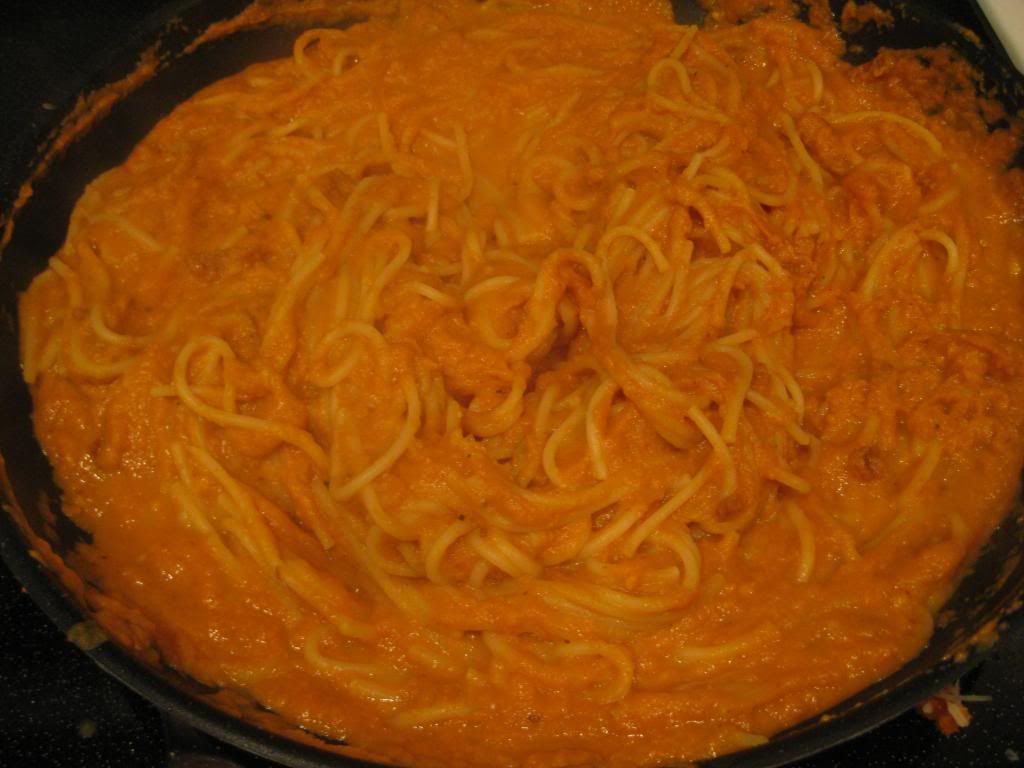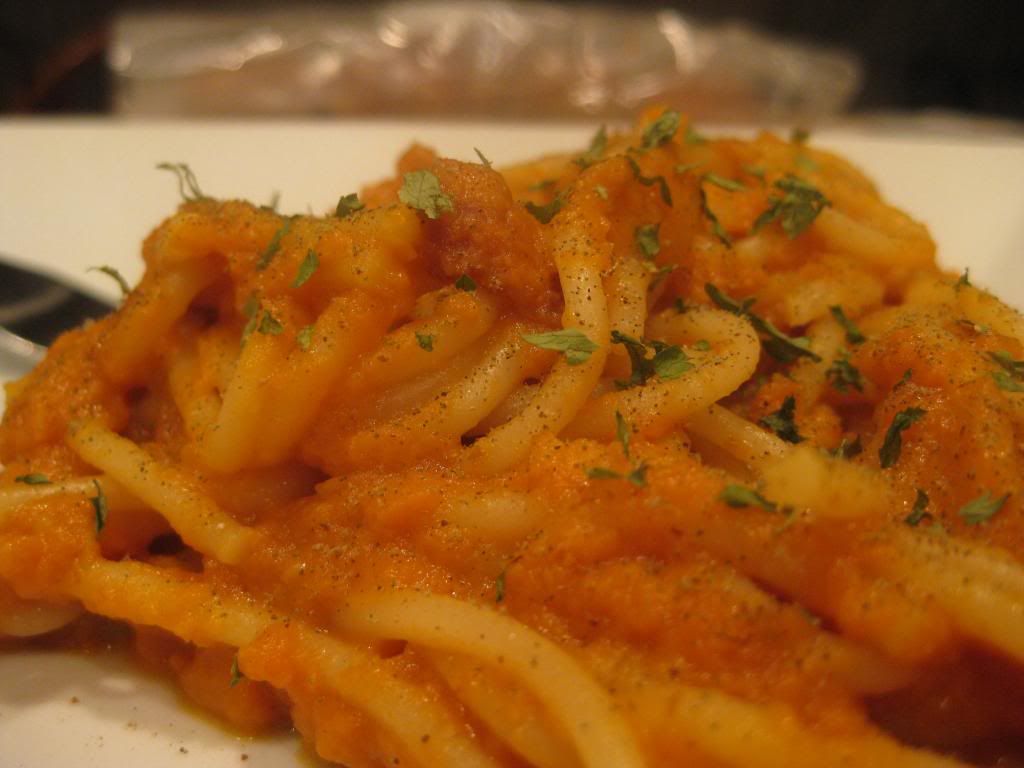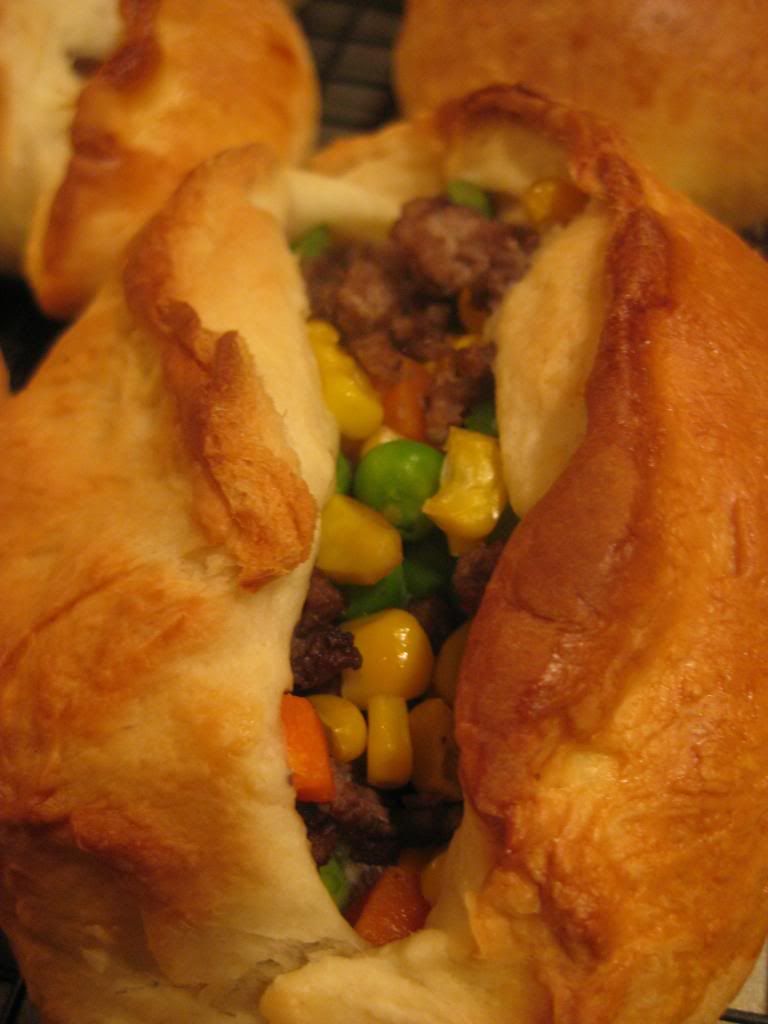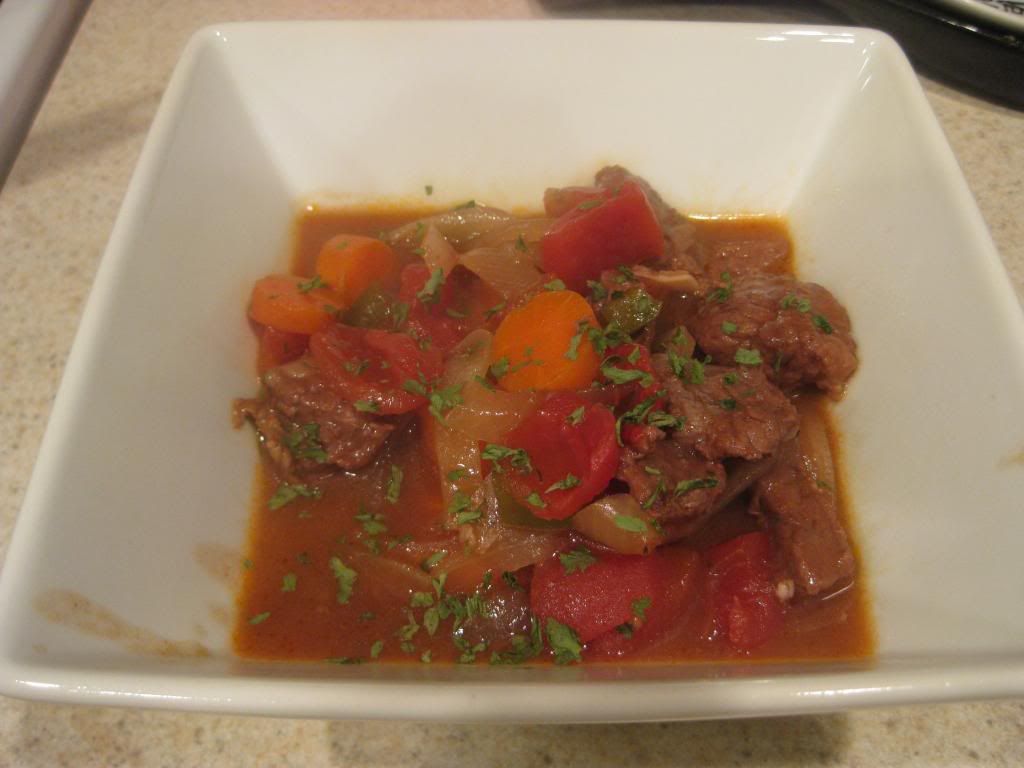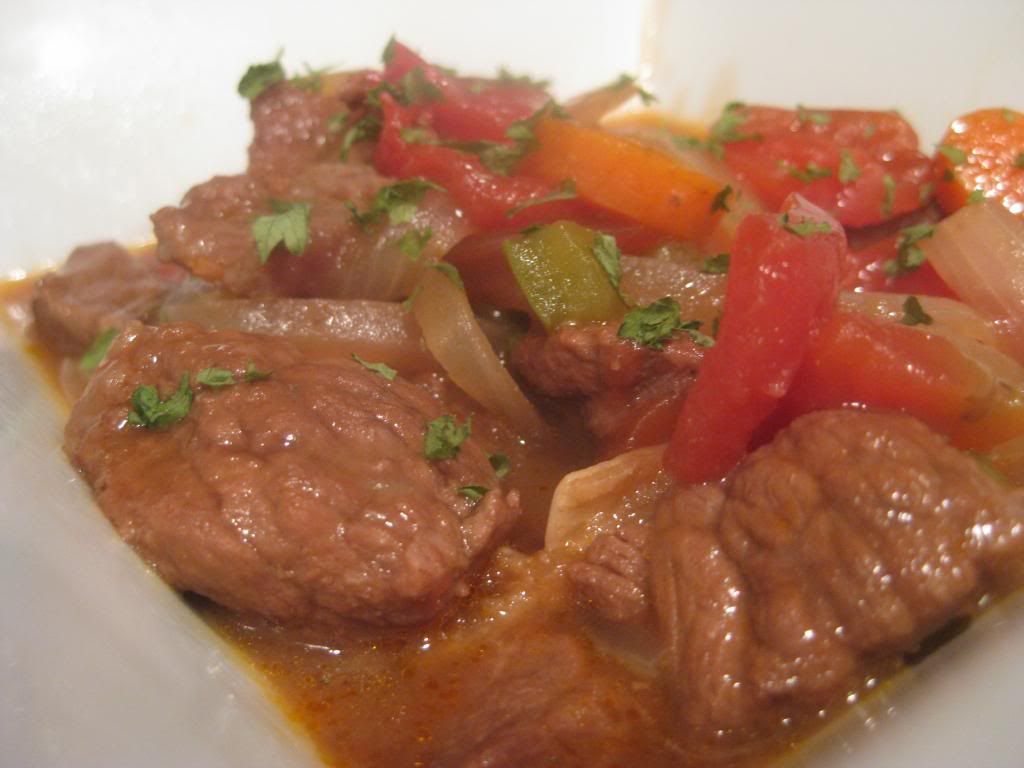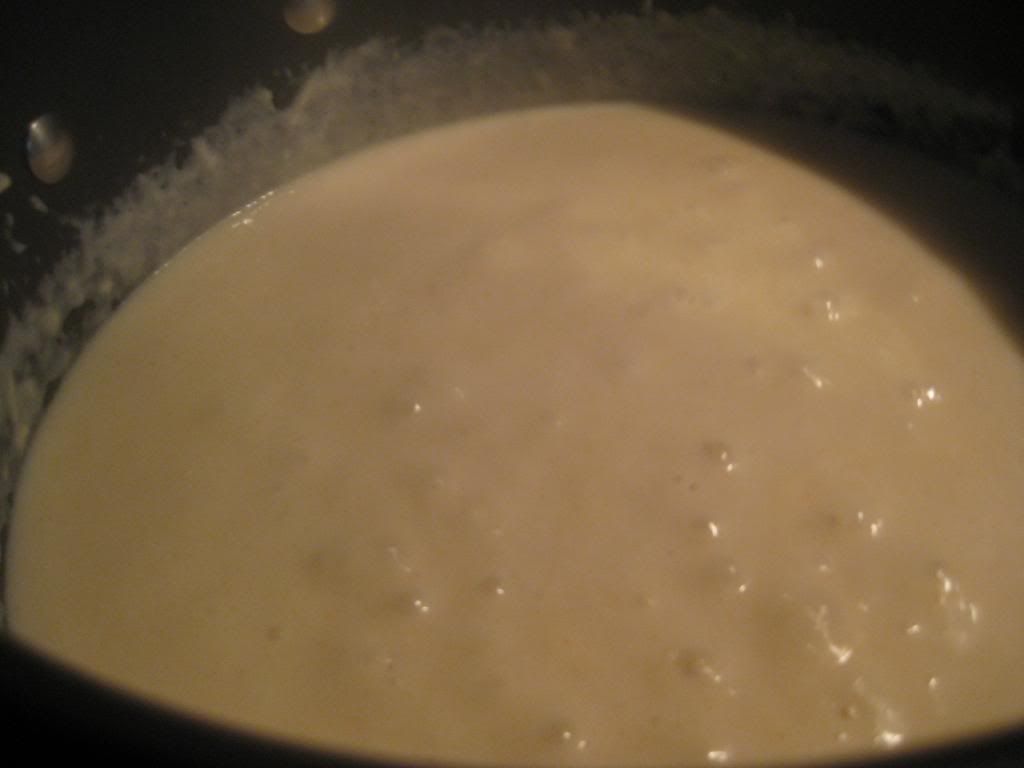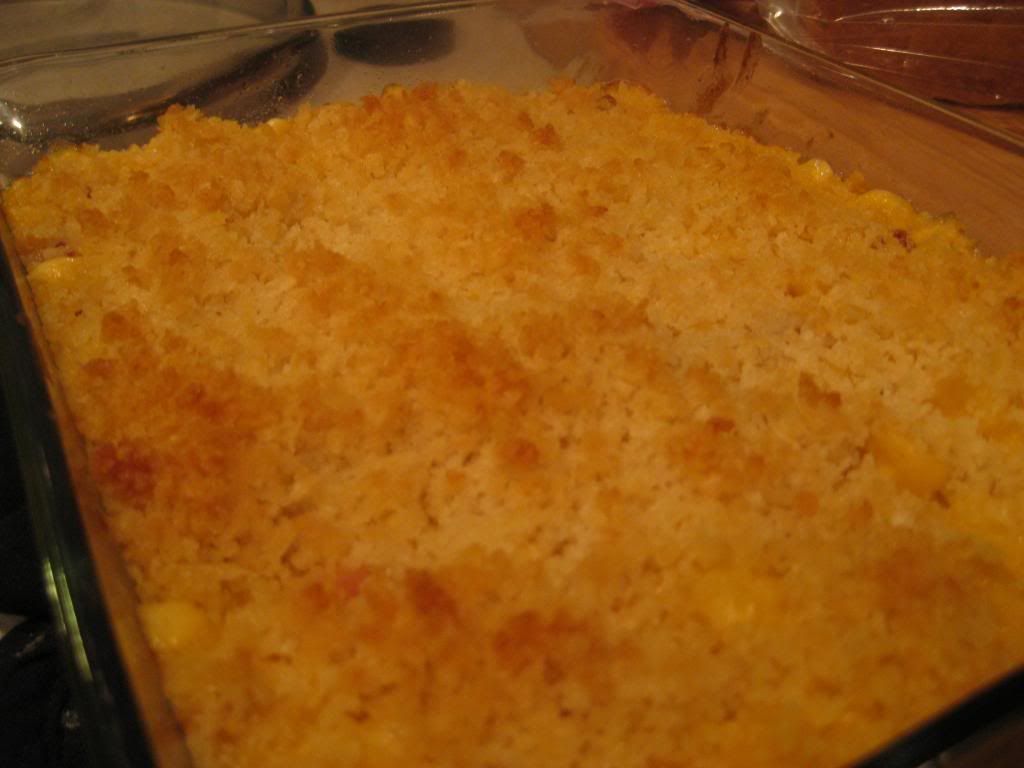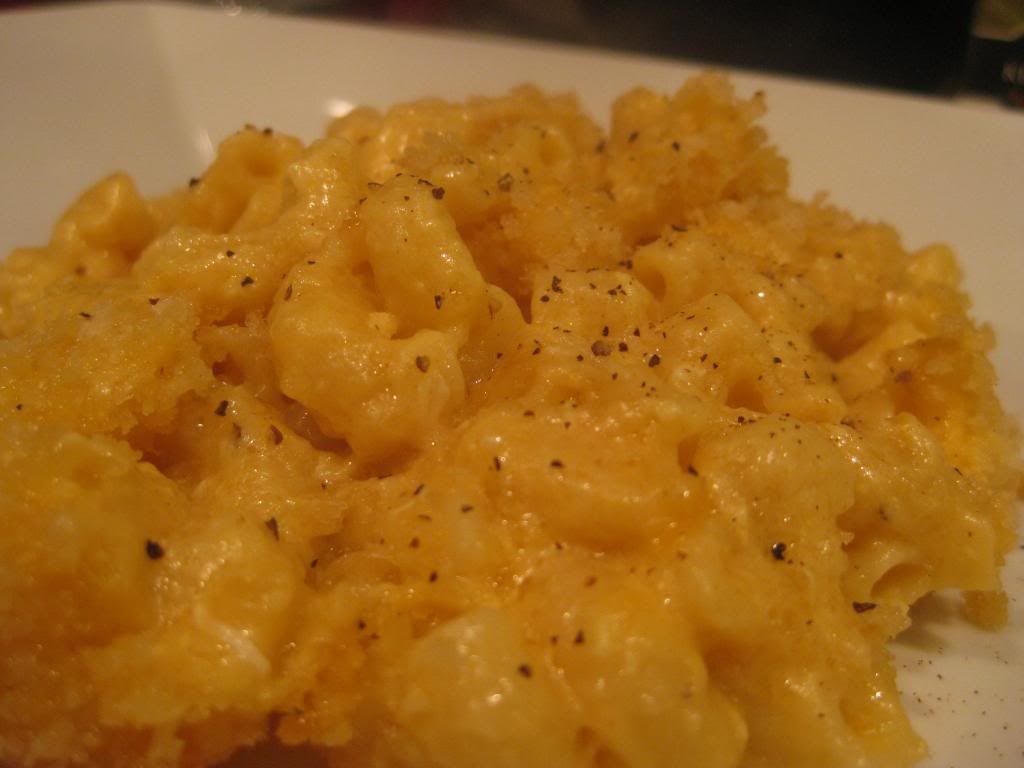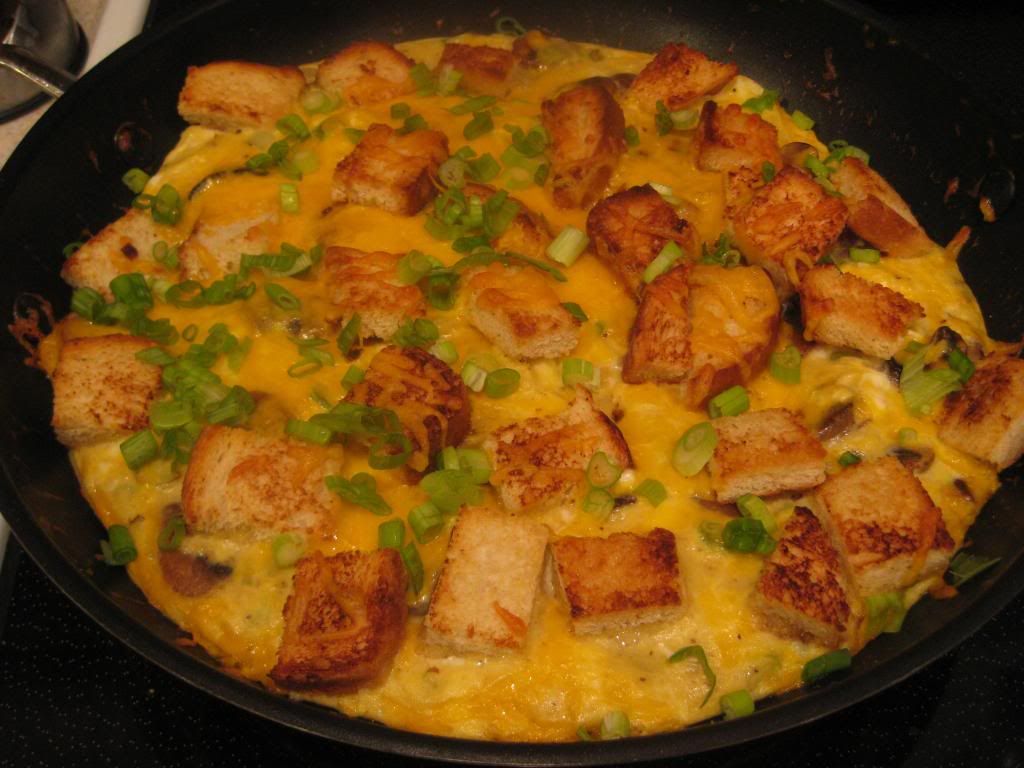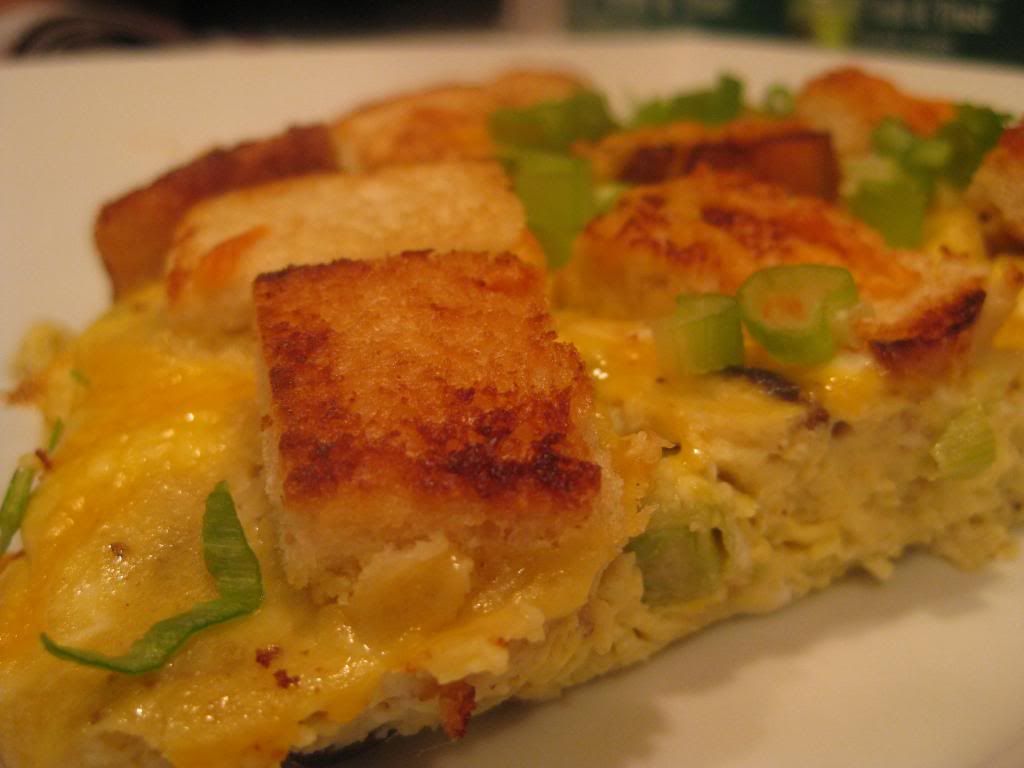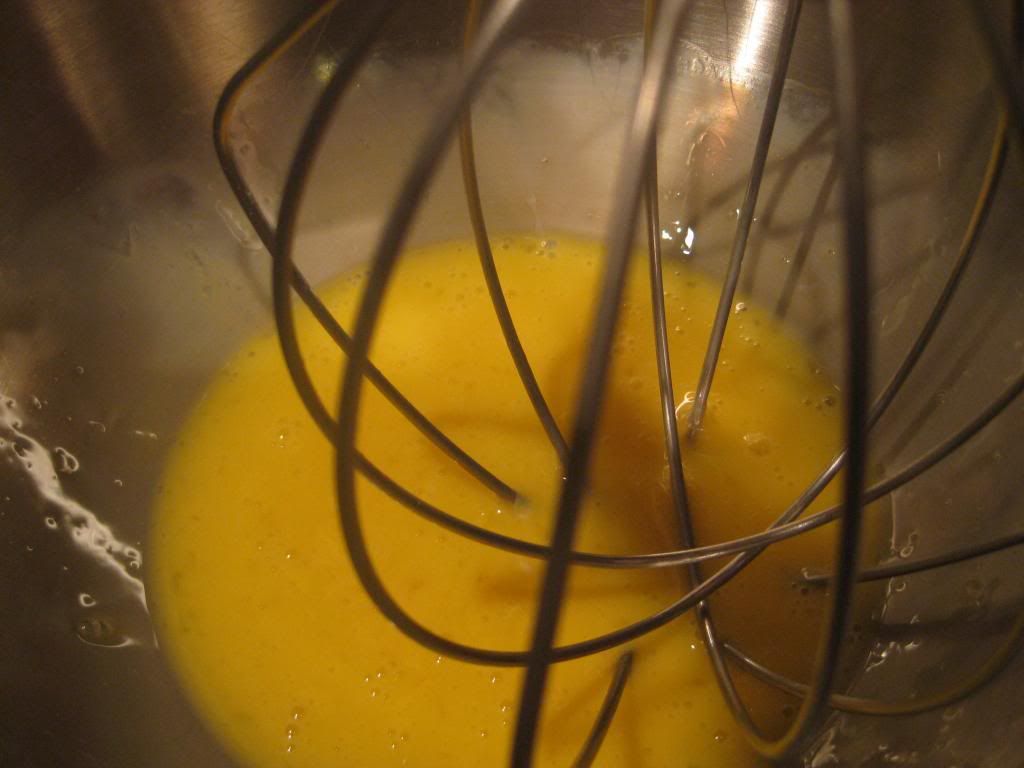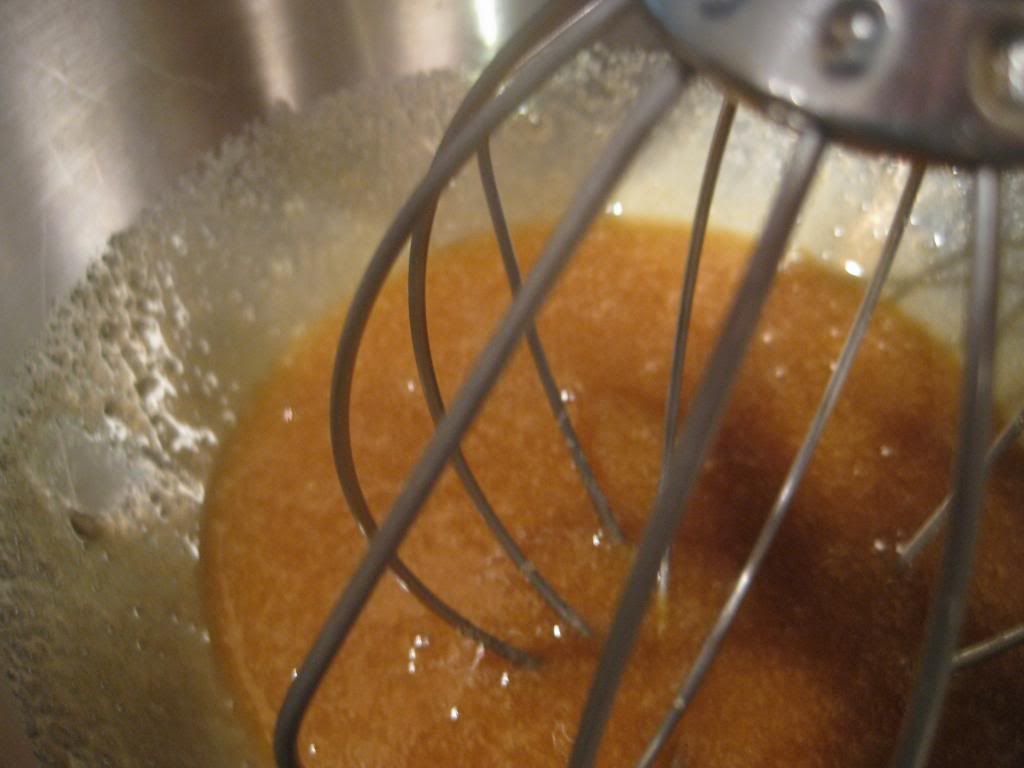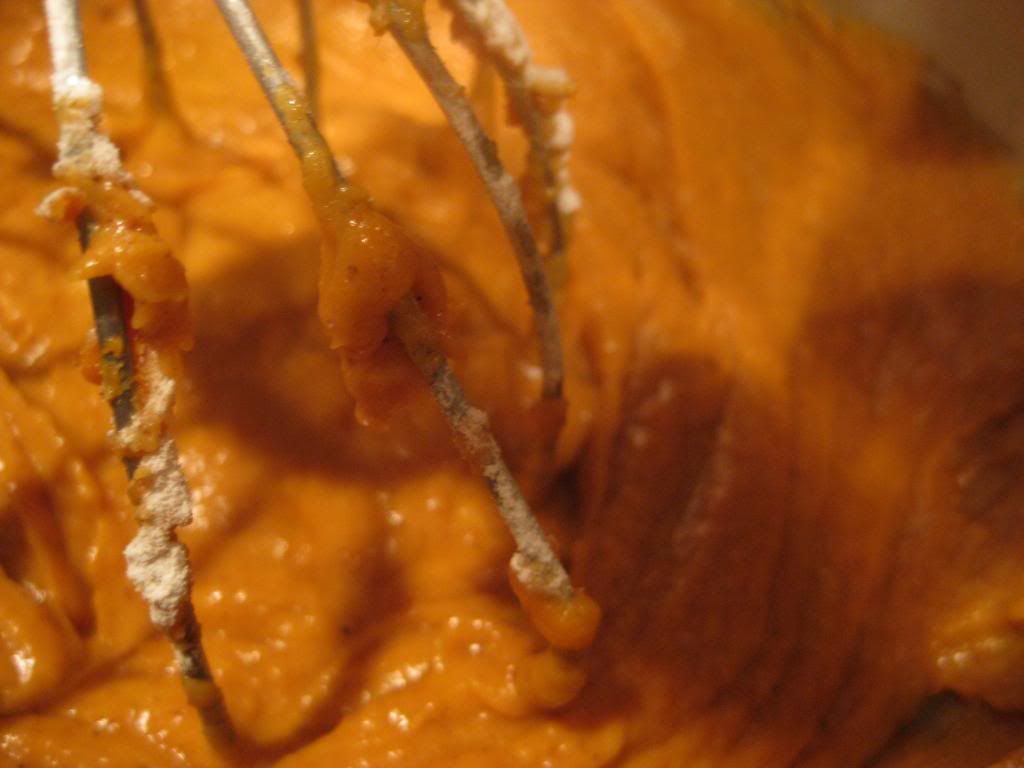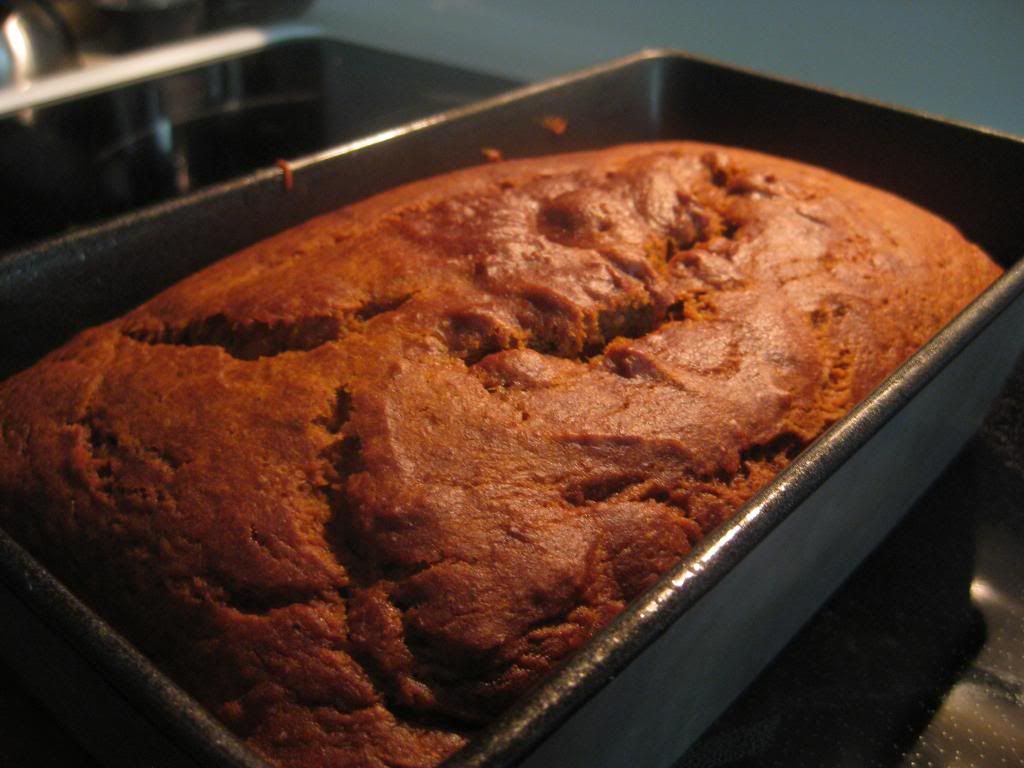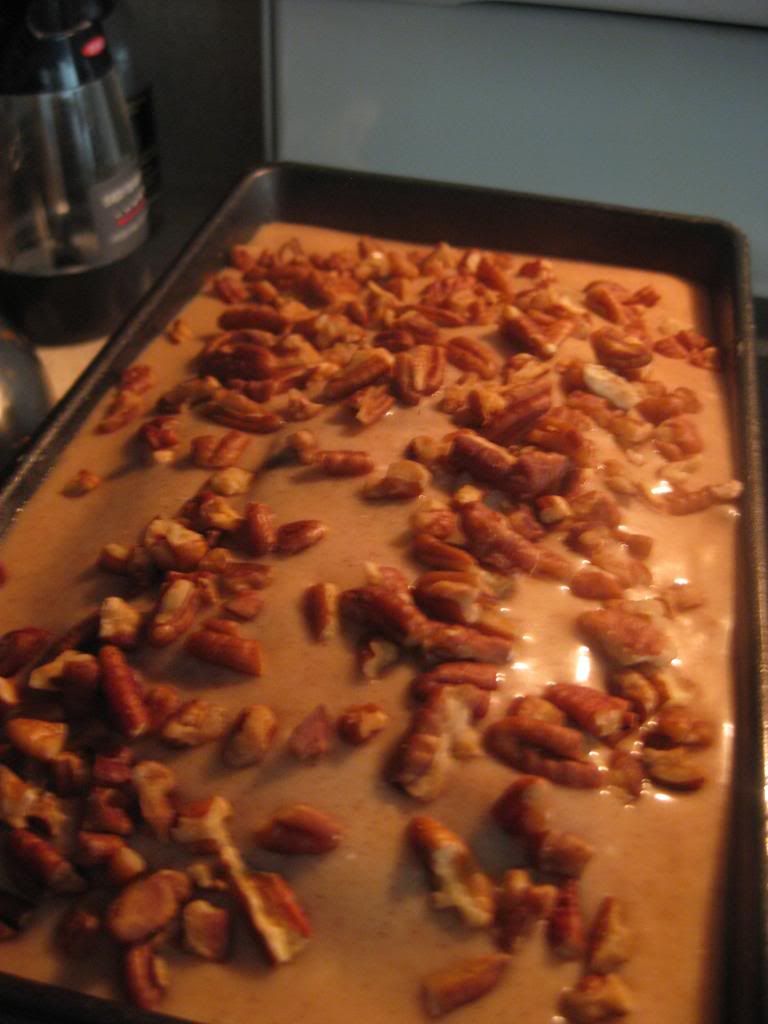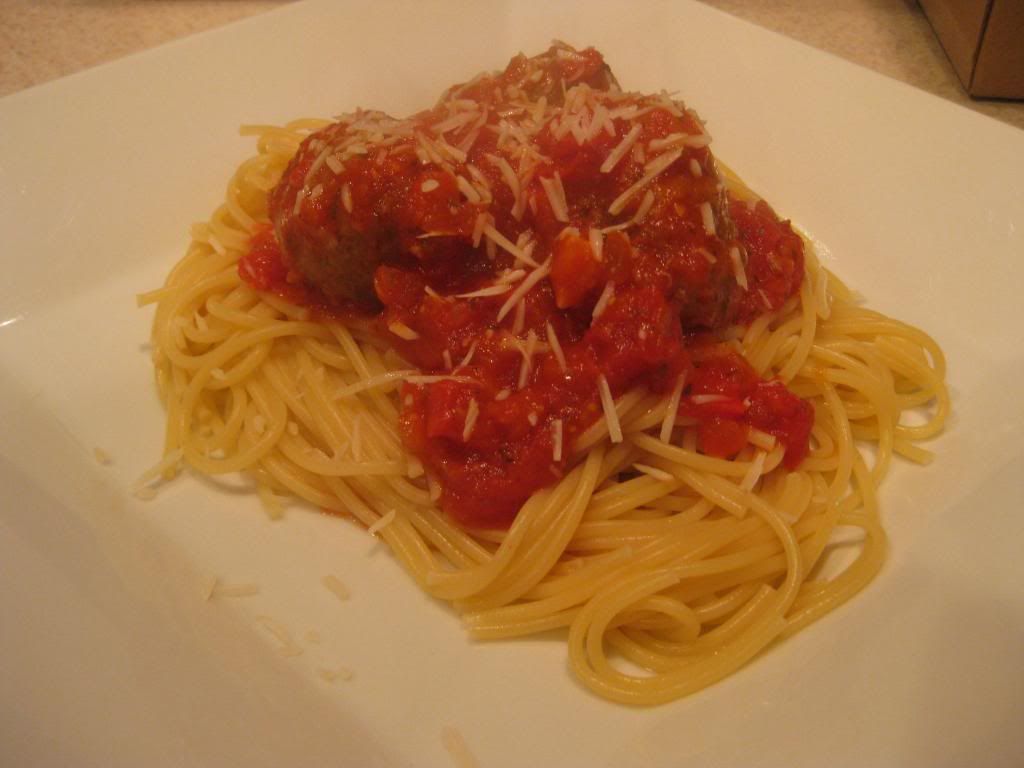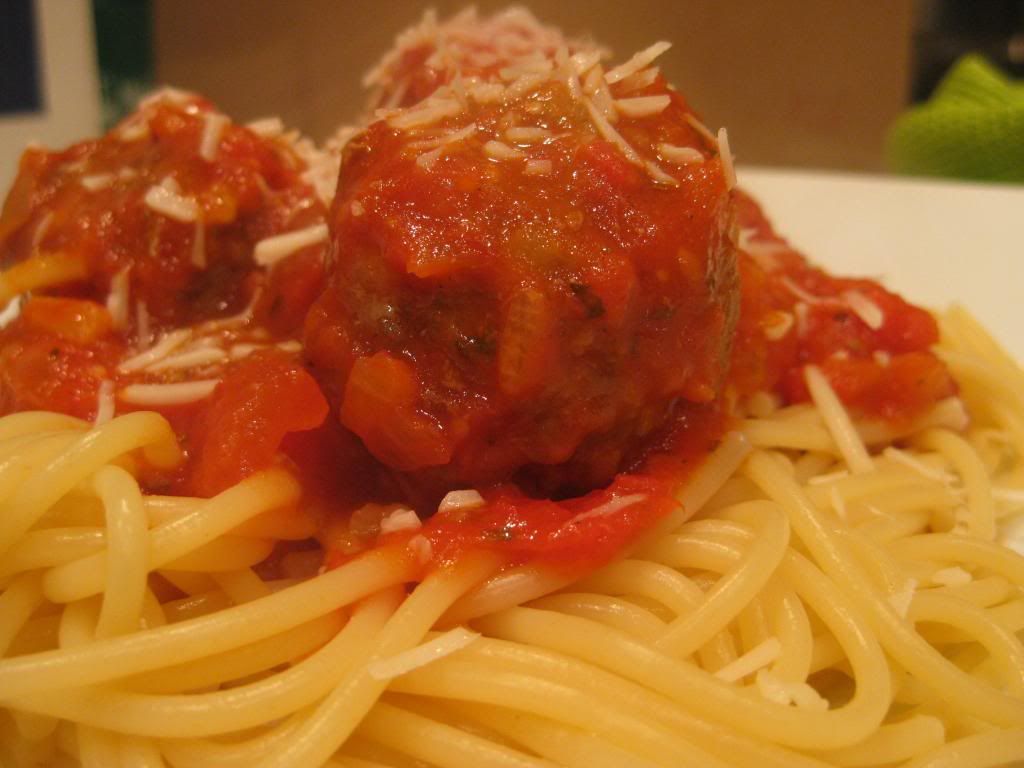Good evening everyone! Maggie is in the last stages of recovering from a cold, so her recipe for this week will be bumped into next week. That means we’re taking things in a different direction tonight – one we don’t go very often – an opinion column.
Today, October 31st, 2013 is Halloween, the one time a year where it’s deemed okay to dress up in some ridiculous costume, knock on a stranger’s door and ask for candy. (Sounds silly when you type it out like that, doesn’t it?).
Recently, there’s been a movement by more than a couple of groups to make Halloween a healthy (or healthier) holiday. Groups that we support, including Jamie Oliver’s Food Revolution cause, have shared links/stories/opinions about making Halloween healthier while others have talked about alternatives to candy or how to cut candy out of Halloween altogether.
There are even stories about some citizens taking things into their own hands. A North Dakota woman is intending to give out letters to children she deems to be “obese”. The woman sees it as her duty to inform these children and their parents that the child’s weight is an issue and that eating free sugar will not help anything.
Now, clearly ‘North Dakota woman’ is going too far. Trust me; these kids are acutely aware they’re overweight. Our society does everything it can to make physical appearance and weight a priority and marketers and other groups make sure that this ‘self awareness’ begins early. Kids today are no less mocking and predatory than they were when you were in school either – these children are getting barraged from all sides about their weight.
Don’t get me wrong, I’m in no way making an excuse for the children who are overweight nor am I trying to pass this issue off like it isn’t a problem. Obesity is a problem in America and children are NOT eating healthy. These are core issues that we feel strongly about and they are the foundation of our blog. However, giving out letters to kids you deem to be “obese” under the pretense you’re “making them aware” is moronic. All you’re going to do is add another emotional scar to a child that is already acutely aware of their weight. Instead of a letter, how about giving out an apple (even a candied apple) to ALL the kids. Then you’re encouraging healthier habits without being such an ass about it. Hopefully common sense stops this woman from making this mistake – but I fear it might be too late for common sense for her.
Let’s loop back to the main issue at hand – is it time to make Halloween healthy? Well, as we’ve said we’re all about healthier eating and believing that a change in dietary habits starts young. Groups we respect are with this movement as well, so we’re about to hit you with some facts to show you the horror of Halloween (pun accidental, but appreciated) and try to convince you it’s time to make the holiday healthier…right?
Wrong.
It’s true; we believe that childhood obesity is a serious issue. It’s true that we feel children should be eating healthier school meals. We think people need to return to home cooking. We want to show people that cooking isn’t hard and that healthy cooking CAN have flavor (that’s the whole reason we blog!). All of these things are beliefs we hold very strongly. So why aren’t we behind the movement to make Halloween a healthy holiday?
It’s a concept known as “picking your battles”. A massive campaign to cut the candy from Halloween or to encourage parents to stop their kids from eating candy will not have the intended effect these groups are going for. Rather than opening minds and encouraging a change, a healthy eating campaign focused at Halloween is like to enrage and then entrench parents and decision makers.
I’ve read articles on both sides of the aisle when it comes to school lunches and healthier eating for kids and what I’ve found is that when facts are presented and arguments are made logically, things are accomplished and changes are made rationally. There’s actually been a fair amount of discourse and improvements (albeit slowly) as these groups talk things out. The issues arise when the changes take aim at nostalgia – the best example is when Jamie Oliver’s Food Revolution campaign took aim at chocolate milk.
Suddenly, what had been rational discussion waded quickly into “These health groups are trying to take chocolate milk away from our kids!” or simple polls like “Do you believe schools should BAN chocolate milk” which of course ended in landslide victories for “No” and came with comments like “these healthy eating advocates are out to take everything fun away from children”.
Of course, had any of these media outlets or “outraged” individuals taken time to read the other side’s argument (rather than cherry pick snippets like many media outlets did), they would have seen that the Food Revolution group was not out to ban chocolate milk. They were pointing out (correctly so) that present day chocolate milk served in schools was loaded with sugar – more sugar than standard sodas in some cases. The group’s point was not that chocolate milk had to go but that the milk being served currently had to go. Stop offering it everyday to children and explore other alternatives. Healthier options (even chocolate milk) options can be had, if people are willing to make a stand. Unfortunately, that argument fell on deaf ears – all the headlines read was “Group aims to ban chocolate milk” and the riots began.
(This example says a lot about our media – but that’s an entirely different article for another day).
My point is simple, what was a rational and well thought out argument with many valid points was quickly washed away due to the item it was focusing on. I’m curious if given the chance, the Food Revolution organization would have taken a different approach – perhaps changed their wording so the story could not be flipped so easily to “ban chocolate milk” - unfortunately, there’s no real way to start this campaign in the near future and try again. Public outcry destroyed any momentum this change had right out of the gate.
I fear if the groups take their attention to Halloween the same thing will happen. It’s too easy for a story about substituting candy for healthier alternatives to be flipped to “Group looks to take candy from Halloween” which will inevitably lead to the massive public backlash and another wise and worthy cause being stamped out before it could be heard.
Too many of these failed campaigns and the entire movement starts to lose the punch it had. PETA is a group with good intentions, but their overreactions to some events / causes have created a “little organization that cried wolf” phenomenon. Now you’re likely to tune out everything PETA says simple because they haven’t learned to pick their battles. If these healthy eating groups keep trying to wage war against entrenched traditions, they’re likely to lose the ear of the public and then slow any progress they had been making.
I think the smarter message would be to preach moderation. There’s no problem with children going out and enjoying the candy filled holiday. Let them run around, receive free sugary treats and heck, let them eat them too. Candy is a part of growing up and is something all kids should be able to enjoy. The change needs to come from the parents. Step in and teach moderation – candy is fine, so long as you don’t eat too much of it. This requires monitoring your kids and maybe even (gasp!) actively engaging them in a discussion about good eating habits.
Unfortunately, the concept of moderation is frequently lost on our overindulgent society. We pig out, we use things in excess and we’ve been conditioned to think that’s okay. THIS is where these advocacy groups should focus their attention – especially around these holidays that support overindulgence.
Don’t attack Halloween; attack the traits that cause Halloween to be a problem. You’re less likely to get instant backlash and may even make the impact you’re looking for.
If you’ve made it all the way to the end, thanks for reading! I’m interested to hear everyone else’s input on this issue. Agree? Disagree? Let us know in the comments!
That’s all we have for you this week. We’re back next week for a pair of brand new recipes. Until then,
~Cheers
